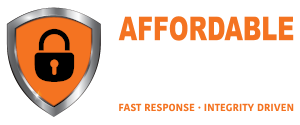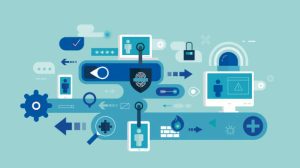In today’s digital age, businesses rely heavily on technology to streamline operations, enhance productivity, and gain a competitive edge. However, managing the myriad of hardware and software assets that comprise an organization’s IT infrastructure can be a daunting task. This is where IT Asset Management (ITAM) comes into play, enabling businesses to effectively track, monitor, and optimize their IT assets. In this blog post, we’ll delve into the significance of ITAM and explore how it helps organizations in optimizing both hardware and software resources.
Understanding IT Asset Management:
IT Asset Management (ITAM) involves the systematic management of an organization’s IT assets throughout their lifecycle, from procurement and deployment to retirement and disposal. IT assets encompass a wide range of hardware and software components, including computers, servers, networking devices, software applications, licenses, and peripherals. The primary objectives of ITAM are to ensure regulatory compliance, minimize risks, optimize costs, and maximize the value derived from IT investments.
Optimizing Hardware Assets:
Efficient management of hardware assets is crucial for maintaining a reliable and secure IT infrastructure while minimizing costs. ITAM helps organizations optimize hardware assets in the following ways:
- Inventory Management: ITAM provides visibility into the organization’s hardware inventory, including details such as device specifications, configurations, locations, and ownership. By maintaining accurate inventory records, businesses can identify underutilized assets, consolidate redundant devices, and optimize resource allocation.
- Lifecycle Management: ITAM facilitates proactive management of hardware lifecycles, from procurement and provisioning to maintenance and disposal. By tracking warranty expiration dates, upgrade schedules, and end-of-life notifications, organizations can optimize hardware refresh cycles, reduce downtime, and avoid costly outages.
- Asset Tracking and Monitoring: ITAM solutions enable real-time tracking and monitoring of hardware assets, allowing businesses to detect unauthorized usage, track asset movements, and ensure compliance with licensing agreements and regulatory requirements. By implementing asset tracking technologies such as RFID tags or barcode scanners, organizations can streamline asset identification and improve inventory accuracy.
Optimizing Software Assets:
Effective management of software assets is essential for ensuring compliance with licensing agreements, minimizing software costs, and maximizing operational efficiency. ITAM helps organizations optimize software assets in the following ways:
- License Compliance: ITAM enables businesses to maintain accurate records of software licenses, entitlements, and usage rights. By reconciling software installations against purchased licenses, organizations can identify license discrepancies, avoid over-licensing, and mitigate the risk of non-compliance penalties.
- Software Usage Monitoring: ITAM solutions provide insights into software usage patterns, enabling organizations to identify underutilized applications, optimize license allocations, and negotiate volume license agreements more effectively. By monitoring software usage metrics such as concurrent users, license activations, and application usage frequency, businesses can optimize software spending and maximize return on investment.
- Patch and Version Management: ITAM facilitates centralized management of software patches, updates, and version control, ensuring that software applications are kept up to date with the latest security patches and feature enhancements. By automating patch deployment processes and tracking software versions, organizations can reduce the risk of security vulnerabilities, improve system stability, and enhance user productivity.
IT Asset Management (ITAM) plays a critical role in optimizing both hardware and software resources, enabling organizations to maximize efficiency, reduce costs, and mitigate risks associated with IT asset management. By implementing ITAM best practices such as inventory management, lifecycle management, asset tracking, license compliance, software usage monitoring, and patch management, businesses can achieve greater visibility and control over their IT assets. Ultimately, by leveraging ITAM solutions and strategies, organizations can optimize their IT investments, enhance operational agility, and drive sustainable growth in today’s rapidly evolving digital landscape.






